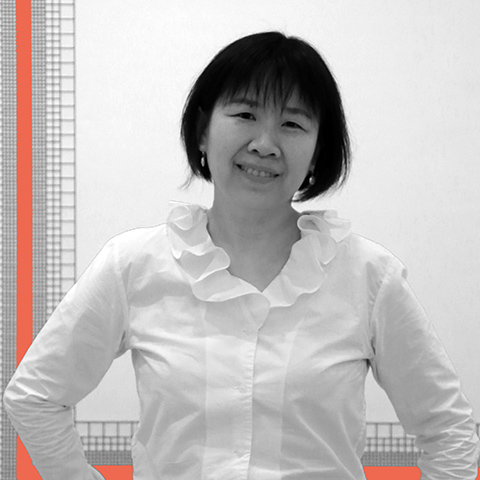
to top

交流項目
李雨航博士將於中國北京故宮博物院進行為期五個月的交流(2022年8月至2023年1月),研究清宮戲曲文物收藏。
簡歷
李雨航博士為美國威斯康星大學麥迪遜分校 (University of Wisconsin-Madison) 的中國藝術史副教授,研究範疇側重於明清時期的性別與物質文化研究,如觀音信仰與觀音圖像製作者的性別問題,模仿與宗教奉獻,戲曲與中國視覺藝術等。她的首本著作《成為觀音:明清女性佛教徒的藝術奉獻》 (Becoming Guanyin: Artistic Devotion of Buddhist Women in Late Imperial China) 最近由哥倫比亞大學出版社出版,同時她也是《表演圖像:戲曲與中國視覺藝術》(Performing Images: Opera in Chinese Visual Culture)展覽的共同策展人及圖錄合編人。
近期發展和參與項目
精選出版